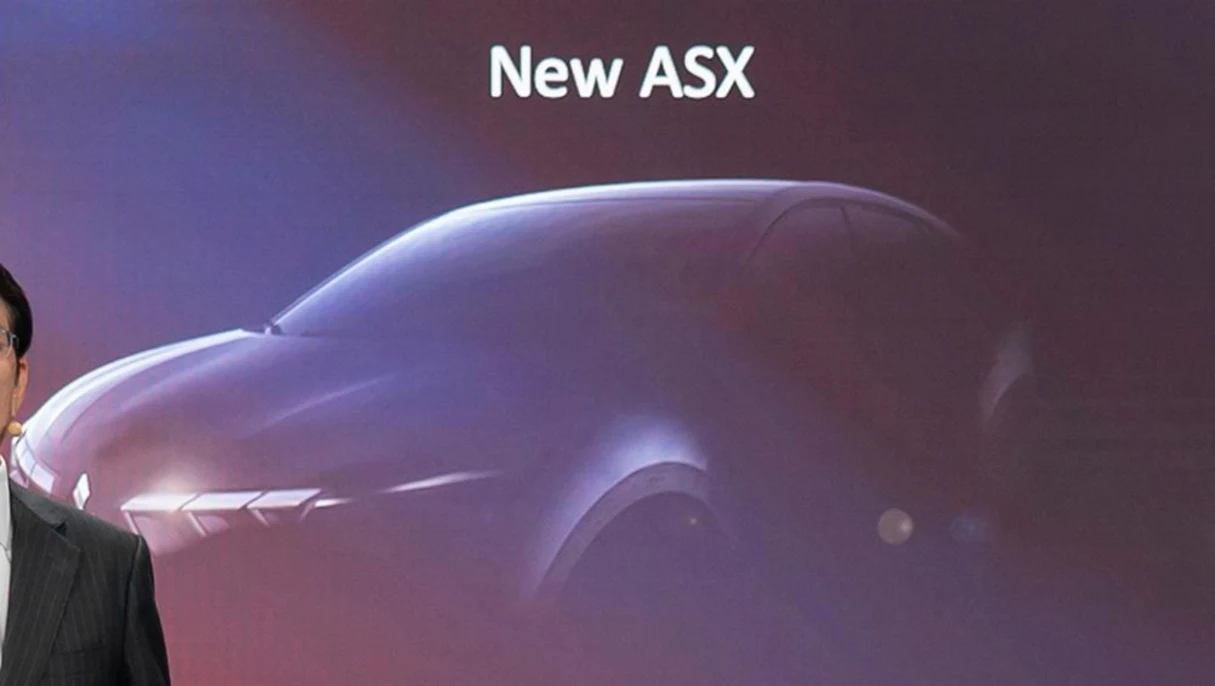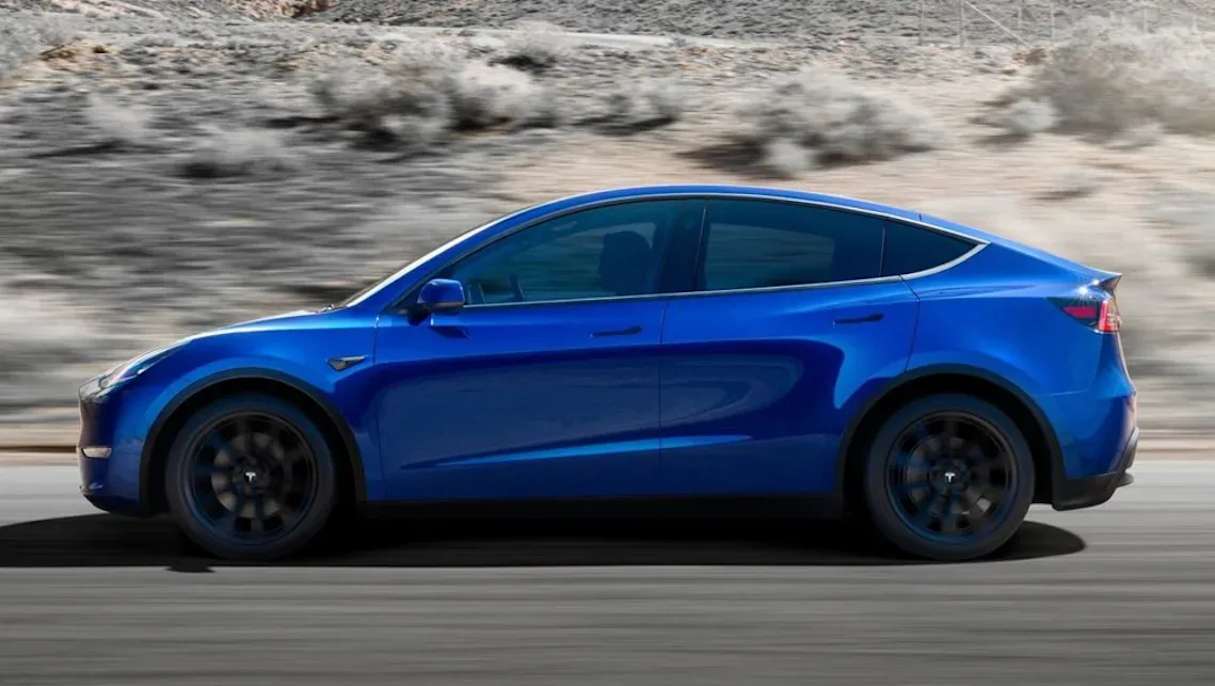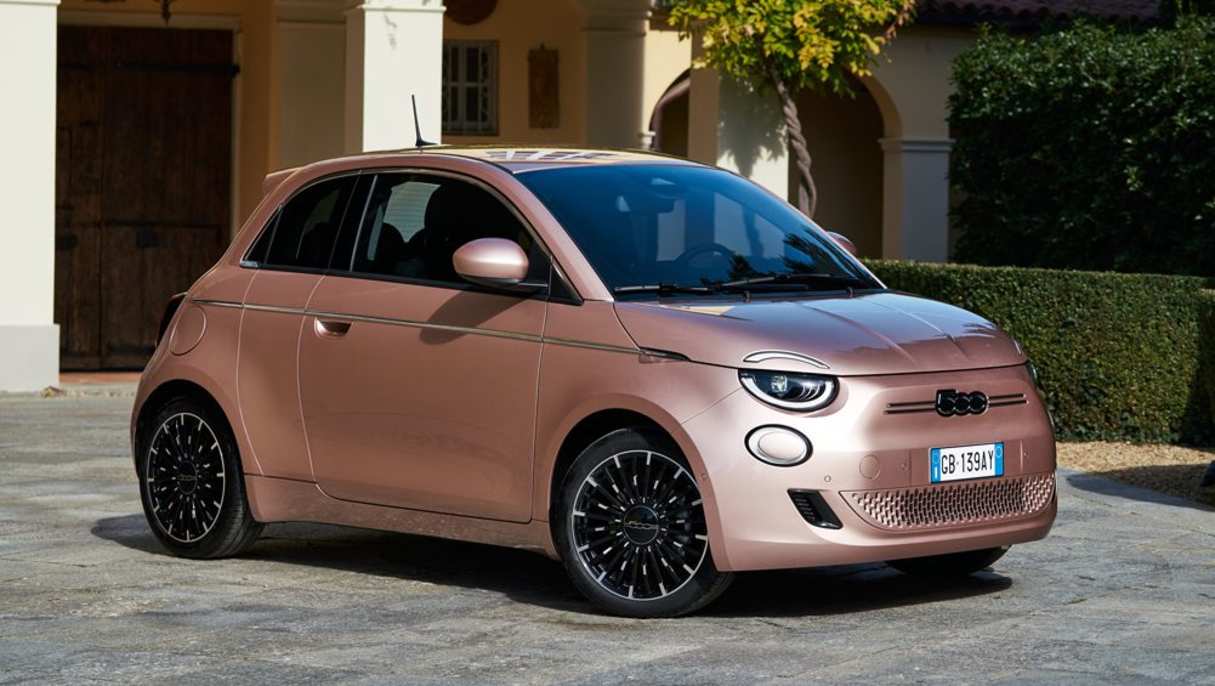It feels like we have been waiting forever for some models to hit the market.
Granted, there are some pretty significant roadblocks at the moment, like the pandemic, crippling parts shortages, supply chain nightmares, and a war.
But there are a number of models that have been delayed for various other reasons – models that their makers can’t really afford to go without.
Following on from our article from March, here are four more models that can’t get to Australian showrooms soon enough.
Nissan Pathfinder
The outgoing Nissan Pathfinder was revealed a little over 10 years ago in January 2012 –back when Julia Gillard was Australia’s prime minister. We’ve had four more PMs since then.
The US-built large SUV was still kicking about until stock ran out in early 2021. Since then, Nissan has been without a car-based seven-seat SUV offering in Australia, leaving rivals like the Toyota Kluger, Kia Sorento, Hyundai Santa Fe and Mazda CX-8 and CX-9 to dominate sales.
A new-generation Pathfinder was revealed early last year, but rather than being a ground-up redesign, it will be a re-skin of the previous Pathie – albeit with significant revisions in virtually all areas, including a completely new interior and the addition of the latest safety and in-car tech.
A new nine-speed torque-convertor automatic replaces the continuously variable transmission, while the ageing 3.5-litre V6 has been given a thorough working over and now produces 212kW/351Nm – an improvement of 10kW/11Nm.
The bad news is there will no longer be a hybrid version to compete with the Kluger and the upcoming Sorento hybrid.
The new Pathfinder will arrive in Australia late this year, almost two years after its reveal, and given the raft of improvements over the old model, it could prove to be a sales winner for Nissan.

Mitsubishi ASX
The current ASX has been on sale in Australia since mid-2010. That’s nearly 12 long years of the same car. In fact, the ASX has been on the market longer than any other SUV in Australia, except for the Toyota LandCruiser 70 Series wagon.
It has had at least four facelifts in that time, but it’s still the same ASX underneath.
Incredibly, despite its age and the influx of newer, more impressive rivals like the Kia Seltos, Mazda CX-30 and Subaru XV, it was the second best-selling small SUV in Australia last year behind the MG ZS.
So why the long wait for a new one?
After years of financial woes, Mitsubishi was bought by Nissan and became part of the Renault-Nissan Alliance back in 2016. A change in ownership meant whatever work was already underway for the second-generation ASX was altered to fit into the Alliance’s “leader-follower” strategy.
In the case of the ASX, that means the next version will be underpinned by Renault’s CMF-B platform, which forms the basis of the Renault Captur and Arkana, and Nissan Juke.
As reported, that could mean that the next ASX shrinks to a smaller footprint than the current model. It also means that the ASX is likely to be offered with an electrified powertrain, such as a plug-in hybrid.
There is also a chance that the next ASX won’t make it to Australia at all. When the new 2023 model was teased by Mitsubishi in January, the company announced that it was only confirmed for Europe at that stage.
It would significantly impact Mitsubishi Australia’s sales if it lost the ASX for good, so expect the local arm to keep pushing for the important next-gen model.

Tesla Model Y
Now this has been a long time coming.
Tesla revealed the Model Y to much fanfare three years ago. And it’s still not on sale in Australia. The long-delayed electric small SUV is expected to land this year, but it’s unclear when first deliveries will commence.
Long delays have continued to push delivery dates back, and Tesla was hit with another roadblock recently with the introduction of strict Covid restrictions in Shanghai. Like the related Model 3 sedan, the Model Y is expected to be sourced from China for the Australian market.
It’s unclear how many Australians have put down a deposit for a Model Y, but given the popularity of the Model 3, it’s fair to say the number would be large.
Last month, the Model 3 was the fifth best-selling model in Australia, with more registrations than the Ford Ranger and Toyota Corolla.
Given the Model 3 is a sedan – an increasingly unpopular body style – imagine how many more vehicles Tesla could be selling with a similarly positioned SUV?
Expect an update on Model Y pricing and delivery dates soon.

Fiat 500
The current Fiat 500 has been on sale since early 2008, making it 14 years old. It has had a number of updates, and has been repositioned several times in that period, but it is well overdue for a full refresh.
The next-gen 500 is, for now, an electric-only proposition and is very much pitched at the European market.
It has a driving range of about 320km and would be a welcome addition to the city EV segment in Australia.
However, it’s still unclear whether parent company Stellantis Australia will offer the electric 500 hatch here, or if it plans to continue to sell the old model that will continue to be produced in Poland for the foreseeable future.
As well as the 500, the only other Fiat model sold in Australia is the Ducato large commercial van, and both sell in middling numbers.
Things aren’t looking great for Fiat in Australia right now, but given Stellantis’ significant investment in all brands in its extensive portfolio, who knows what the future holds for the Bambino?





.jpg)


.jpg)
.jpg)
.jpg)

.jpg)

.jpg)





.jpg)
.jpg)

_0.jpg)

.jpg)



.jpg)